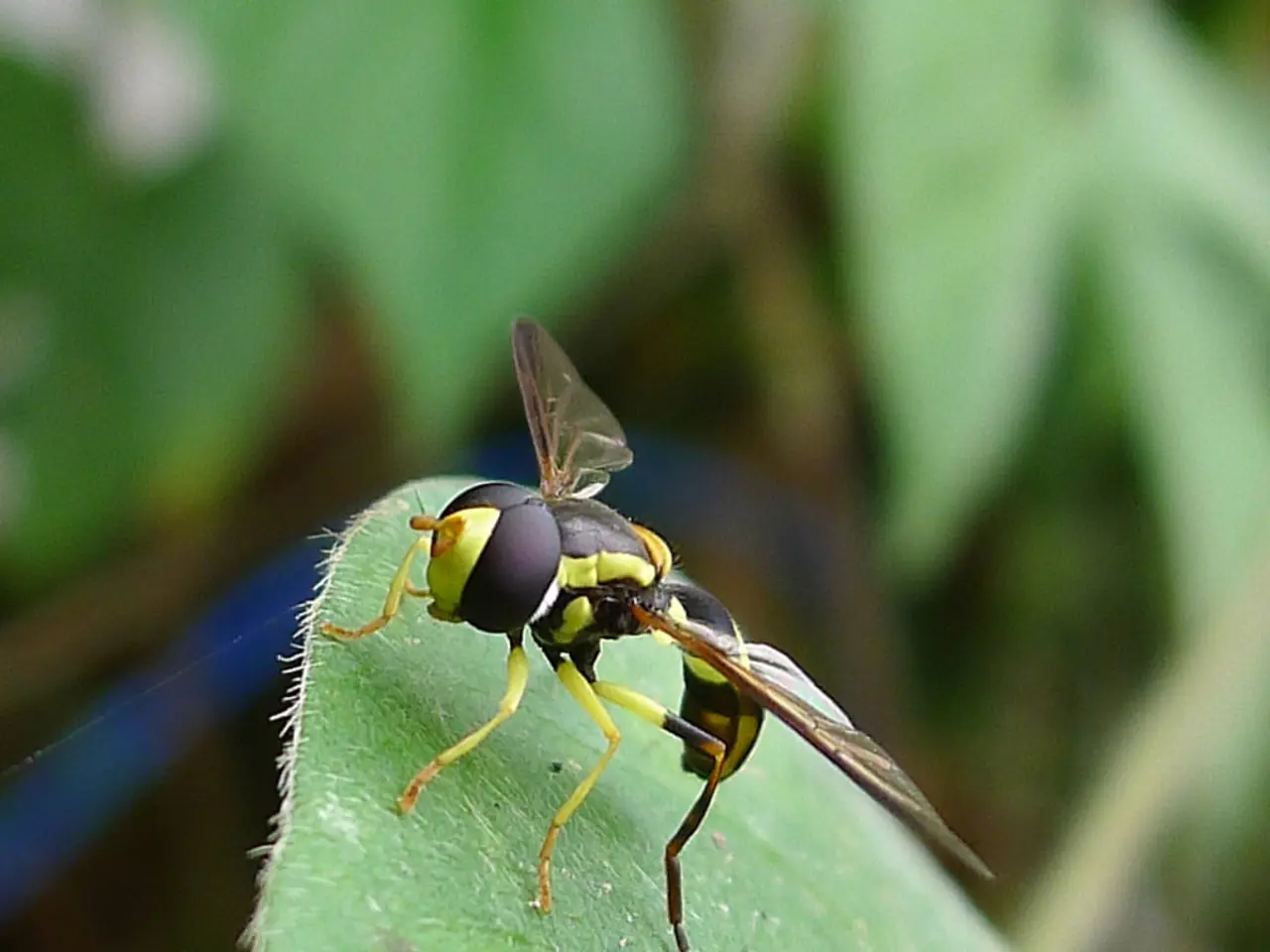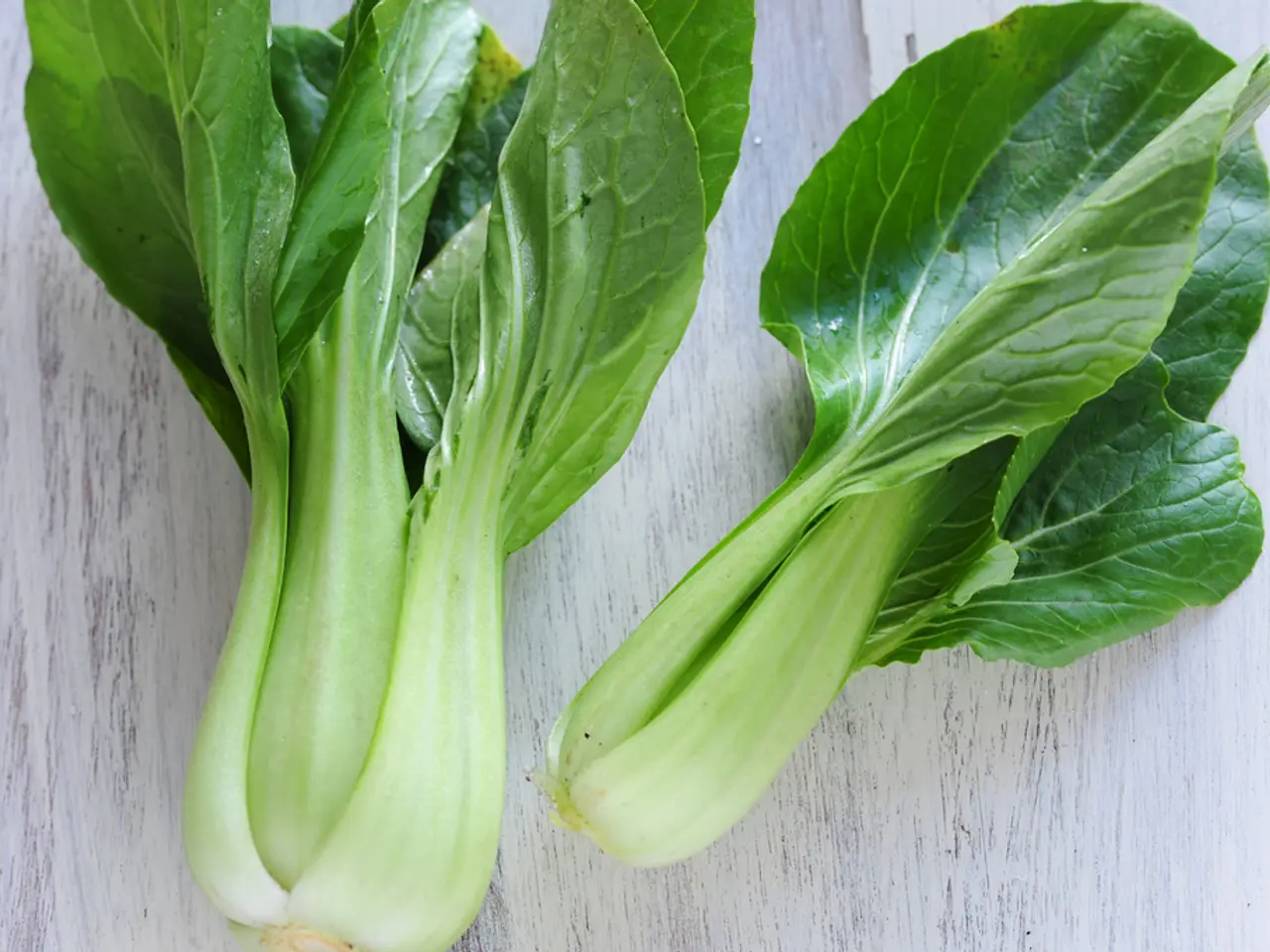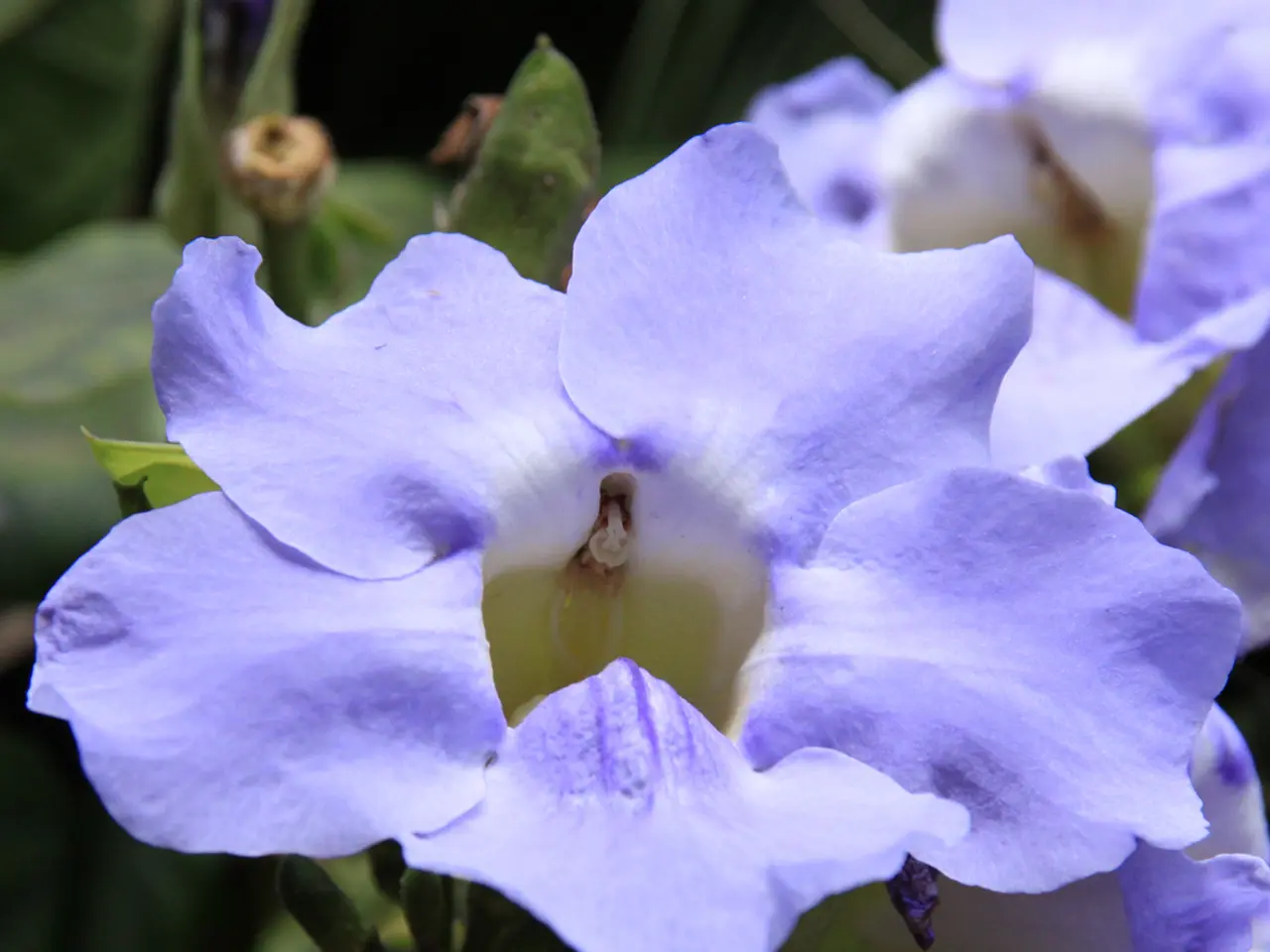Strategies for Eliminating Leaf Miners in Gardens: Efficient Methods for Green Thumb Enthusiasts
Leaf miners are a common pest that can cause significant damage to plants by burrowing through leaves and reducing photosynthetic ability. However, there are several natural methods for preventing and controlling leaf miner infestations, focusing on cultural practices, physical barriers, and biological controls.
Larry Meyers, a gardening expert with over 10 years of lawn and landscaping experience, shares his extensive knowledge to create a one-stop shop for all gardening information and needs. According to Meyers, the best natural methods involve integrated pest management (IPM) strategies.
**Cultural Controls**
Limiting excess nitrogen fertilization, especially in late summer and autumn, is crucial as high nitrogen levels produce tender new growth favoured by leaf miners. Pruning and removing heavily infested shoots and leaves, including suckers and water sprouts that attract leaf miners, is also essential. Removing plants promptly after harvest and working the soil to kill pupae in the ground can prevent next-generation infestations. Avoiding monocultures by interplanting vegetables with other crops can also reduce infestation severity.
**Physical Barriers & Monitoring**
Using floating row covers over plants immediately after planting can help exclude adult leaf miner flies from laying eggs. Monitoring adult leaf miners using yellow sticky traps can help detect their presence early and take action.
**Biological Controls**
Encouraging populations of natural predators, especially parasitic wasps, can help manage leaf miner populations without the need for chemical pesticides. Planting flowering plants that provide nectar and pollen attracts these beneficial insects. Avoiding broad-spectrum pesticides that harm these beneficial insects is also important.
**Additional Practices**
Keeping the tree or plants healthy by watering deeply during drought and maintaining proper pruning can reduce pest vulnerability. Tolerating minor infestations when possible, as leaf miner populations tend to peak and then naturally decline over a few years, can also be beneficial.
It's important to avoid spraying pesticides unless absolutely necessary, as leaf miners live inside leaf tissue where contact insecticides are largely ineffective. Systemic insecticides are an option only for ornamentals and not recommended for edible crops due to resistance and harm to beneficial insects.
In summary, the best natural control of leaf miners involves IPM emphasizing cultural sanitation, physical exclusion, and fostering beneficial insect populations while minimizing chemical use to sustainably protect plants from leaf miner damage. By understanding the life cycle of leaf miners and implementing these strategies, gardeners and farmers can effectively combat this common pest.
By adopting integrated pest management (IPM) strategies suggested by gardening expert Larry Meyers, one can create a sustainable approach to reduce leaf miner infestations. This includes limiting excess nitrogen fertilization, pruning and removing heavily infested shoots, and disrupting the leaf miner life cycle by removing plants post-harvest and working the soil to kill pupae. Furthermore, using physical barriers such as floating row covers and monitoring adult leaf miners can aid in early detection and prevention. Encouraging natural predators like parasitic wasps, which can be attracted by planting flowering plants, also contributes to biological control without relying on chemical pesticides.




